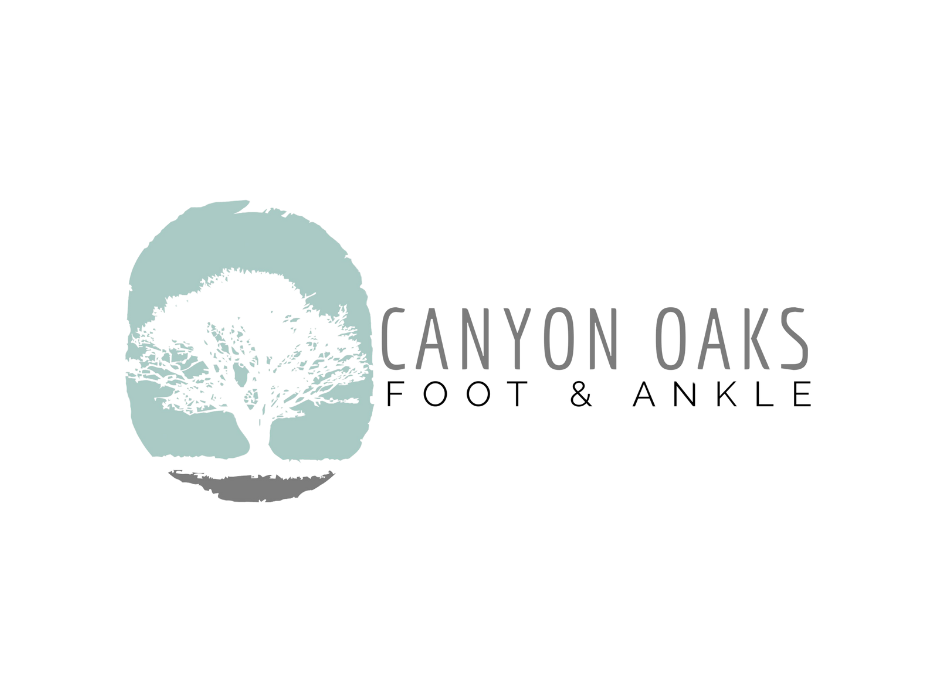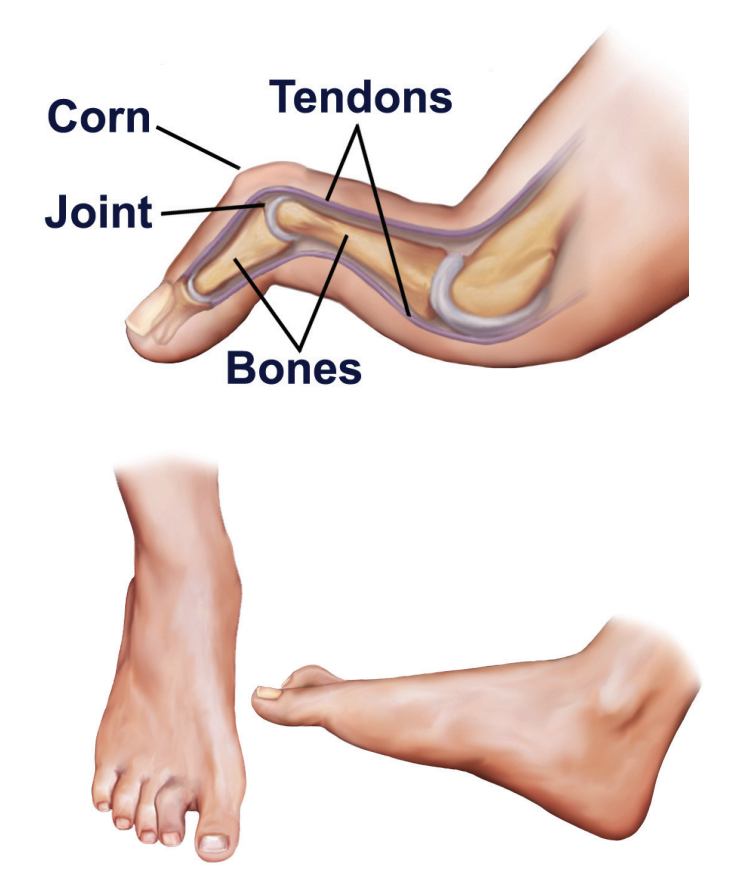What Is Hammertoe?
A hammertoe is a joint deformity that will cause your toes to bend or point downwards instead of pointing straight. They result from muscle or tendon imbalances that lead to bending of the toes over time.
It can affect any of the toes on your foot, but will typically occur in your second, third, or fourth toe. While a person may have been born with a hammertoe, it often develops as a result of foot trauma or ill-fitting shoes.
Symptoms of Hammertoe
Patients may feel some discomfort due to the abnormal bending of the toes. Some common symptoms may include:
- Difficulty moving the toe
- Corns and calluses developing on the toe or between toes
- Inflammation
- A toe that begins to resemble a claw
- Difficulty walking
If you find that you are suffering from any of these symptoms, don’t hesitate to see a doctor. The sooner your hammertoe is diagnosed, the sooner treatment can begin.
What Causes Hammertoe?
Some patients may have a predisposition to developing hammertoes as a result of their genes. If hammertoes run in the family, they are more likely to develop this joint condition. For example, if patients have flat feet, the foot may develop hammertoes in an attempt to help stabilize the arch.
Hammertoe causes are also linked to wearing ill-fitting shoes that are narrow with little to no arch support, such as high heels. High-heeled shoes put pressure on the foot without providing any arch support at all.
In some cases, trauma to the foot, arthritis, or tightened ligaments and tendons can also cause hammertoes to form.
The risk of developing hammertoes also increases with age. Wear shoes that provide you with proper support to prevent them from developing.
Hammertoe Treatment
Although surgery is a sure fix for straightening the toe, there are some non-surgical treatments that patients can implement.
Wearing proper footwear can help to slow the progression of your hammertoe and prevent them from getting worse. If your hammertoe formed as a result of a high arch, you may find it beneficial to implement the use of inserts — these work to change the position of your toe and correct the appearance.
Patients may also find it beneficial to use orthotic devices. These devices help to correct the muscle or tendon imbalance in your feet.
If patients are also suffering from bunions, corns, or calluses due to friction, pads can be applied to shield them from further irritation. Be sure to consult with your doctor about which pads will be most beneficial for you.
Surgery becomes necessary when open sores have begun to develop on the toe, or you are unable to move your toe. The surgery performed will help to position your toe normally, correct any bends in the toe, and help realign tendons and joints that may have shifted.
Get Help for Hammertoes Today
If you are seeking help for your hammertoes, our doctors at Canyon Oaks Podiatry would be more than happy to help. Complete our form below to get in touch with our office. A member of our team will contact you within one business day.

